Victoria Brown Portfolio

Architecture + Design Work 2008-2014
victoria.brown889@gmail.com + 1 317 213 2792
Indianapolis, IN., USA


Architecture + Design Work 2008-2014
victoria.brown889@gmail.com + 1 317 213 2792
Indianapolis, IN., USA
BALL STATE UNIVERSITY
MASTER OF ARCHITECTURE +
REAL ESTATE DEVELOPMENT CERTIFICATE [May 2014]
Established a more in depth understanding of building systems application and potential for innovation. Proficient with human computer interaction, construction and technical knowledge. Dean’s List 20132014.
BALL STATE UNIVERSITY
BACHELOR OF SCIENCE IN ARCHITECTURE [ May 2012]
Immersed in building systems, structures, technologies, history, and social justice curriculum -- a solid base of architectural study.
I will be graduating with a Master of Architecture degree in May of this year, 2014. I am looking for engaging opportunities to apply and develop my skills as a young architect by working with professionals within the architecture and design community.
TEG Architects
ARCHITECTURAL INTERN | AUG 2012 - DEC 2012
Involved in all phases of design, working both independently as well as in collaboration with the project team, consultants, and clients. Generated design details and presentations materials, as well as conducted research on case studies and various business incubator models. Improved verbal communication skills and technical knowledge. Worked on commercial, residential, and primarily focused on medical planning, programming, design and construction of healthcare facilities.
credit union
MEMBER SERVICES TELLER | MAY 2012 - AUG 2012
Responsible for completing member transactions-- Able to communicate clearly with the client to ensure no misunderstandings in regards to their finances. Instilled confidence in the client and was able to problem solve to ensure satisfaction. Worked as a team, communicating between departments.
• Adobe Suite - Illustrator, InDesign, Photoshop
• AutoCAD
• Diva Energy Analysis
• EcoTect - Acoustical Analysis
• Esri - Community Analyst
• Grasshopper - LunchBox
• Microsoft Office - Excel, PowerPoint, Word
• Revit
• Rhinoceros
• SketchUp
• VRay Render
ENVELOPE DEVELOPER |
LEED FOR HOMES CERTIFICATION COORDINATOR |
CONSTRUCTION TEAM MEMBER |
SPECIFICATIONS EDITOR | JAN 2013 - OCT 2013
Student run, international competition sponsored by the Department of Energy. Became involved during the final set of CD documentation, completed entirely in Revit. Worked on the building envelope team for the project, finalizing wall assemblies, the butterfly gutter system, roof details, and developing SIPs shop drawings. Involved in construction in Irvine, CA where the house won the Affordability Contest.
CONSTRUCTION TEAM MEMBER | MAY 2013 - JULY 2013
Renovation work completed in the Old West End Historical District of Muncie, IN. Set in a town victim to manufacturing downturn, this urban neighborhood has nearly desintegrated. Our team worked to restore community through design and initiative.
MEMBER | AUG 2010 - MAY 2012
Participated in lectures by industry professionals, assisted with software workshops, and attended a quad conference at the University of Cincinnati in Fall 2011.
Non Architecture Related
Interests
Architecture Related
Facade Design
Material Research
Energy Analysis
Lighting and Acoustics
Running
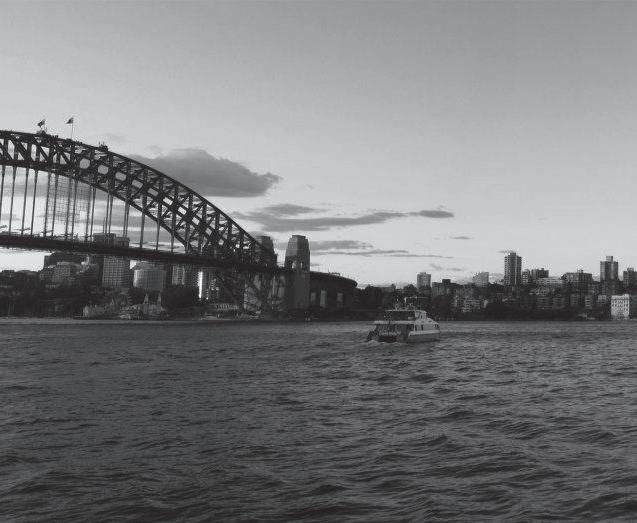
Drawing inspiration from local urban spaces, field studies, and time abroad in Australia and New Zealand: This collection of works were completed during the four years of undergraduate foundations of architecture and the sequential two years of Masters study.

VCBrownPortfolio


Acoustical Analysis
Energy Analysis
Panelization
Renderings
Diagrams
Rhinoceros
Diva
EcoTect
Grasshopper
Vray
3DS Max
Chicago, IL., USA
For my thesis I was interested in studying facade performance pertaining to acoustics and how it may influence adjacent outdoor space in an urban context. Moving beyond the facade's traditional focus of interior conditioning, this study explores the relationship between the outdoor user, a particular performance or activity, and the surrounding environment. These seperate entities come together to define a specific design methodology that has the potential for customized acoustic properties. Material research, form development using Grasshopper parameters, and on-site sound measurement are all key in developing effective design methods that can be quantifiable.
The urban environment is constantly evolving, increasing in scale as well as sound level. This thesis study looks into utilizing outdoor space within the urban environment of Chicago, IL. With ambient noise affecting the ac tivities in an open-air site, the design challenge focuses on acoustics to enhance user experience. Modern sound manipulation methods are typically only used within indoor performance halls. Presumptions and revisions were made to apply indoor techniques in a contrastingly boundless environment.
This project proposes the use of adjacent building facades: barriers that currently function exclusively to enhance the interior environment.

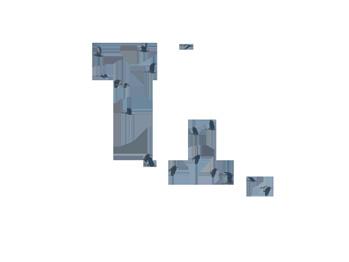


Expanding upon these existing functions with acoustical treatment may redefine the impact the fa ade can have on the outdoor environment. Challenging materiality (absorptive values) and form (x,y,z planes) allow for meaningful interaction with sound in an adjacent outdoor site. This innovation presents an opportunity for the site to facilitate powerful cultural expressions and interaction. Performance types are typically at the mercy of their arena this study allows the fa ade to adapt; granting it the capability to accommodate a range of sound types. Form is essentially generated through sound behavior. A metamorphic dialog exists between the fa ade, the outdoor site, and the dynamic


urban environment. This study explicitly defines a set of acoustical performance objectives and criterion for architectural acoustics in the outdoor environment. These tools are able to be measured and predicted in the design process, and may serve as a template for future projects in synonymous context.
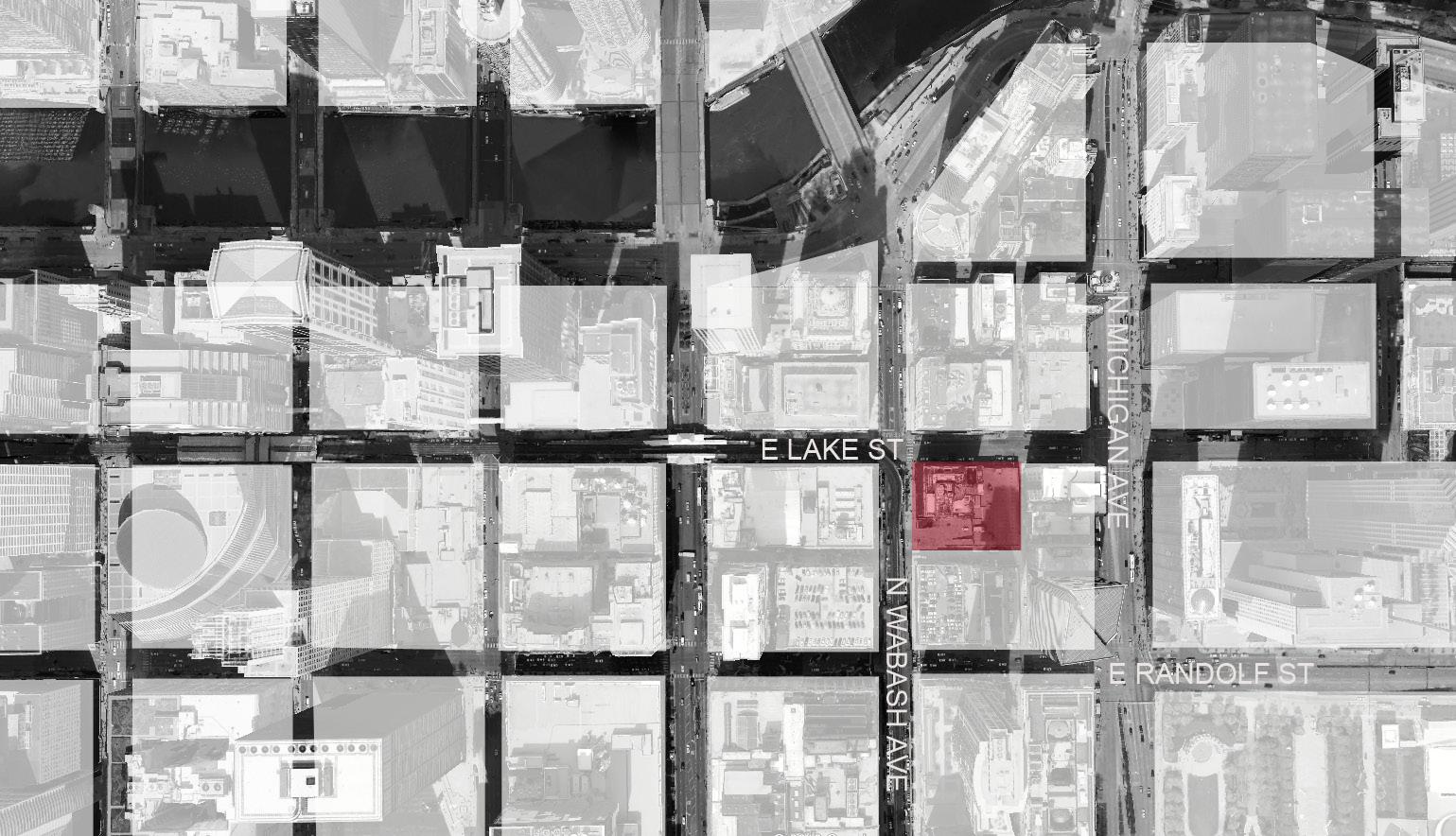



Soft Rock Concert
Bass
Political Speech
Conversations
Portfolio


Ball State University
University of Louisville
CDs
Diagrams
Shop Drawings
Specifications
PreFab + On Site Construction
Revit Rhinoceros
Adobe Suite
Irvine, CA., USA
Architecture students from Ball State and Engineering students from U. of Louisville teamed together to create The Phoenix House for the 2013 Solar Decathlon sponsored by the Department of Energy. Joining the team in its final year of work, I was in charge of the building envelope drawings and specifications. Unique to the home were SIPS panels and a Fibre Cement rainscreen that gave the house the distinctive look that worked with all of the reclaimed wood in the project.


The 3D digital model and construction docuementation were completed in Revit 2013. With a handful of students working on the model at a time, the software allowed for synchronization as updates were made amongst the team. This was pivotal in maintaining communication between the University of Louisville engineering students and the Ball State architecture students.

From the Revit model, components could be brought into other programs such as Rhino were modifications could be made for presentation materials such as exploded axons and process diagrams.
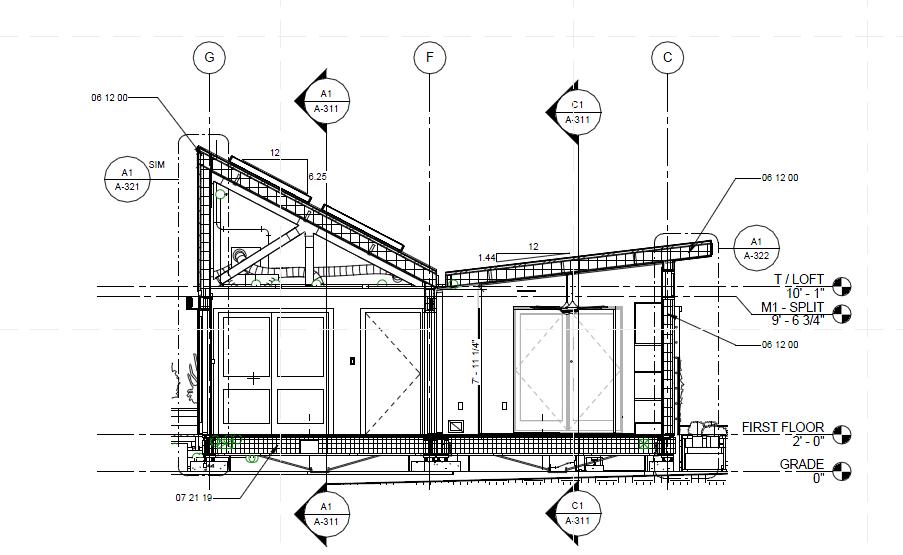

As design decisions were being finalized the LEED documentation was occuring simultaneously. The certification was conditional as the homes were being designed for multiple sites and there were conflicting requirements for site selection and categories related to a specific geographic location.




The renderings were produced in 3DS Max using the render cloud available through Revit. Thousands of visitors came to the Solar Decathlon event over the course of two different weekends in October 2013. Students involved with each project were able to discuss their design concepts with industry professionals and general public alike. It was very encouraging to see so many persons interested in passive systems and solar energy production. These sustainable residential practices have the potential to become standard across the United States and beyond.
Several different states and countries were represented in the competition. All teams were instructed to design a solar house for their local micro-climate, that would be able to perform adequately in Irvine, CA. The team conducted energy studies for both Louisville, Kentucky and Irvine, California. The house used SIP panels for structural support and high insulation values. The trusses supporting the roof and infill panel were designed to be able to fold down for ease of transport.
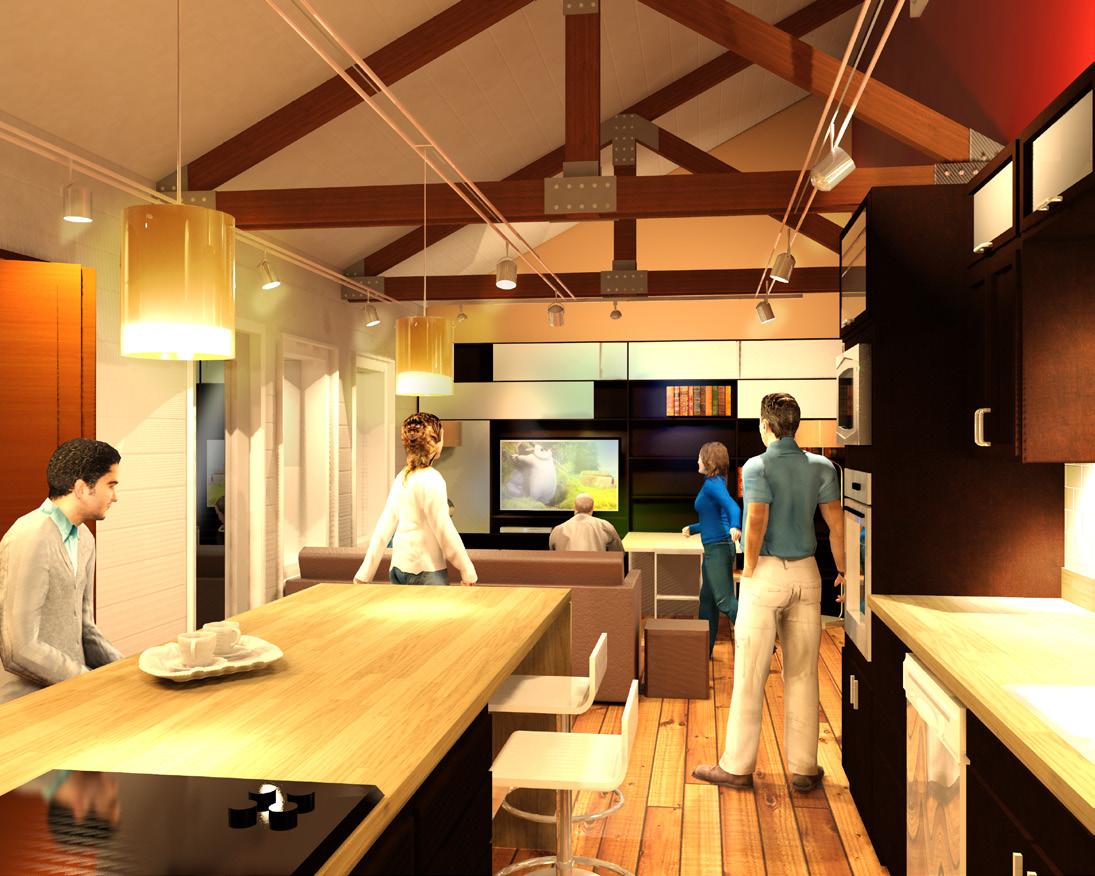
“How do you make everyonenot just the people in the seats, but the people sitting 400 feet




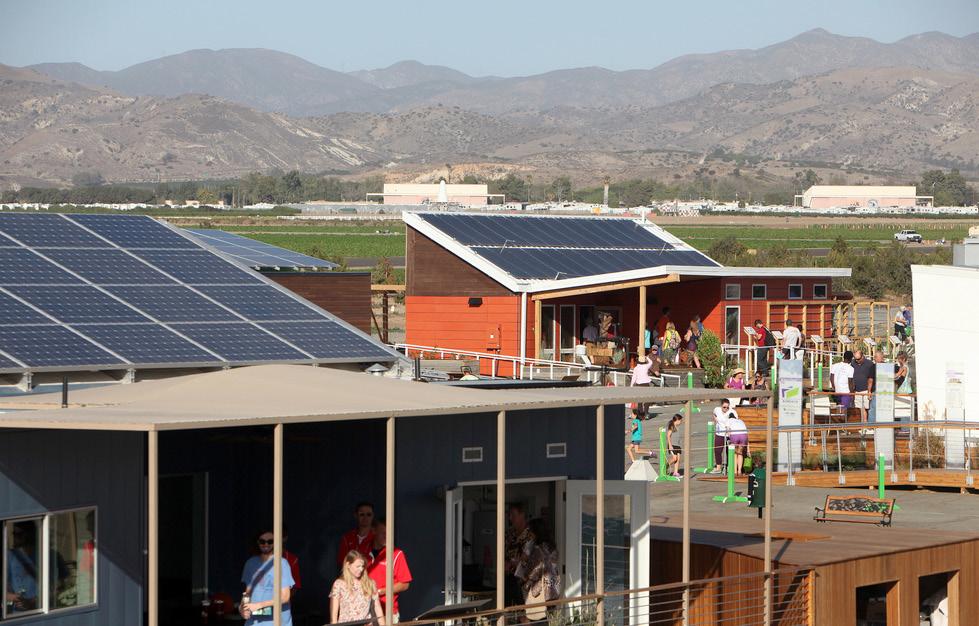



There were a total of twenty teams participating in the competition in Irvine, California. All were given one week to construct their homes. Many homes came with prefabricated components, the Phoenix House included, while other teams built their homes entirely on-site.
The Phoenix House was comprised of two seperate modules that were sized to fit on a semi trailor. The trusses were set into place on-site and an infill panel was placed on the north side of the house. The house included two bedrooms and one bathroom, totaling 830ft2 gross square feet. To make up for the minimal size, the additional height in the main living space brings openness to the space.








Charrette Leader
Renderings
Diagrams
Rhinoceros
Vray
Adobe Suite
Lennox Head, NSW., AUS
While abroad on the eastern coast of Australia, the studio focused on resiliency in design. Considering viable natural disasters and how future design strategies can mitigate damage from the built environment. Site selection, material choices, energy sources, physically flexible and conventionally adaptable structure all were considered when designing for site specific bush fire, storm surge and earthquake potential.


The existing site is located within 100 ft of the Pacific shoreline. Additionally a tea tree lake sits just 200 ft from the opposite side of the site. Storm surge and flooding is the most relevant natural occurrance the project was being designed to resist.
The program for the surf club would contain classrooms, offices, a cafe, as well as ample storage for surf boards and water safety equipment.
The mechanical room for the surf club building was placed on the second level to ensure its reliability during a storm surge.
The classrooms serve as locations for lifeguarding lessons, surf classes, and information on resilient design and precaution against natural disasters.



A compilation of shipping containers placed two wide gives a typical room dimension of 16ft wide by 20ft long with a ceiling height of just under 8ft.These strucuturally remarkable containers are able to support over 10 times its own weight of 3,500lbs. For this project the shipping container structure was compromised with large windows to accomodate for ocean views. To accomodate this adjustment, an additional cross bracing structural system was implemented.

The cross bracing was flexible at each joint and pile base, in preparation for earthquake induced movement. This concept was considered from the Sendai Mediatheque.
The modular structure supports three stories, positioned with two above grade for day to day function. The cross beams are supported by piles driving 40ft into the ground. This external structural system has the capacity to raise the containers 3ft above the ground plane in the event of extreme flooding on the site. Sliding panels set above the top floor meet to cover the large picture windows as they elevate. The panels are able to protect against flying debris and high winds. The stair wells will extend downward to meet the ground so that persons may seek safety with space to accomodate emergency beds.

The floor plans on the right show both day to day function as well as emergency layout where beds and emergency supplies would be utilized in a natural disaster.


Level 1 - 3 : Standard Use


Level 1 - 3 : Emergency Use






As you approach the surf club, you are struck by the wind turbines and the blue corrogated metal--you make concious note of the innovative resilient and sustainable function of the building. Surfers can utilize mulitiple street access points, with direct access to storage, grabbing their boards and heading to the beach. Other users that are more interested in social functions of the club are welcomed into the cafe and open seating spaces. The club is always prepared for the out-of-the-ordinary natural disasters, from its fire-resistant
wall assemblies to its flexible pin joints, to its vertical mobility. When the containers are elevated the flood water is able to rush into the empty basin below and a piping system sweeps it back into the ocean 100ft away. The secure spaces within the elevated structure would allow for up to 250 people (with 20sf each) to take refuge in the event of a long-term disaster scenario.



Material Research
Renderings
Diagrams
Rhinoceros
Vray
Adobe Suite
Muncie, IN., USA
The project called for net zero business and residential typologies to serve as paradigms for the restoration of Muncie, Indiana's core neighborhoods since their demise in the manufacturing downturn. Initially the class was challenged with looking specifically at wall assemblies. Taking this detail oriented approach, we would look at a specific material and discuss its innovative applciation. This bath house specifically utilizes a product called Litracon, a concrete mix with optic fibre layers set into it, creating a semitransparent appearance. There was consideration as to how the material could impact a bath house function, while issuing passive systems and renewable energy sources to allow low income tenants to live a low impact lifestyle with little money for utilitiy bills. Practically, the net zero initiative needed to figure out how to account for initial extra costs for these non standard systems and assemblies.
The 1,500sf structure oriented the litracon block wall on the south side of the buliding, optimizing its performance as a trombe wall. The skyliht just above the block wall would serve as the opening for stack ventilation in the summer to remove humid and hot air resulting from the moderate climate of Muncie, IN.
The pattern of the blocks themselves resemble natural sediment strata or tree bark, emphasizing the uniqueness of each block and the experiential quality of lighti coming through sch translucent openings.
The trombe wall specifically functions by heating interior spaces as convection currents warm through the pressurized air cavity for daytime and through radiant transfer at night. The solar thermal plates set on the roof provided water heating for baths, sinks, showers and radiant flooring.
PVs would supplement the electrical needs for the solar thermal pump as well as appliances and supplemental lighting.






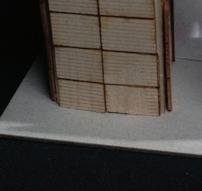



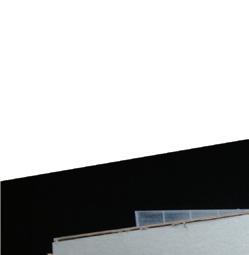


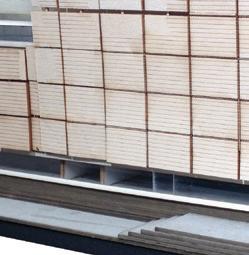








Skylights were the primary light source for the interior: calculated moments of luminance in an otherwise dark environment
Skylights were the primary light source for the interior: calculated moments of luminance in an otherwise dark environment
Rigid Insulation
Sheathing surround WOOD Rainscreen 4X4 Columns
Rigid Insulation
Sheathing surround WOOD Rainscreen 4X4 Columns










Heating interior spaces as convection currents warm through the pressurized air cavity for daytime and through radiant transfer at night
Heating interior spaces as convection currents warm through the pressurized air cavity for daytime and through radiant transfer at night




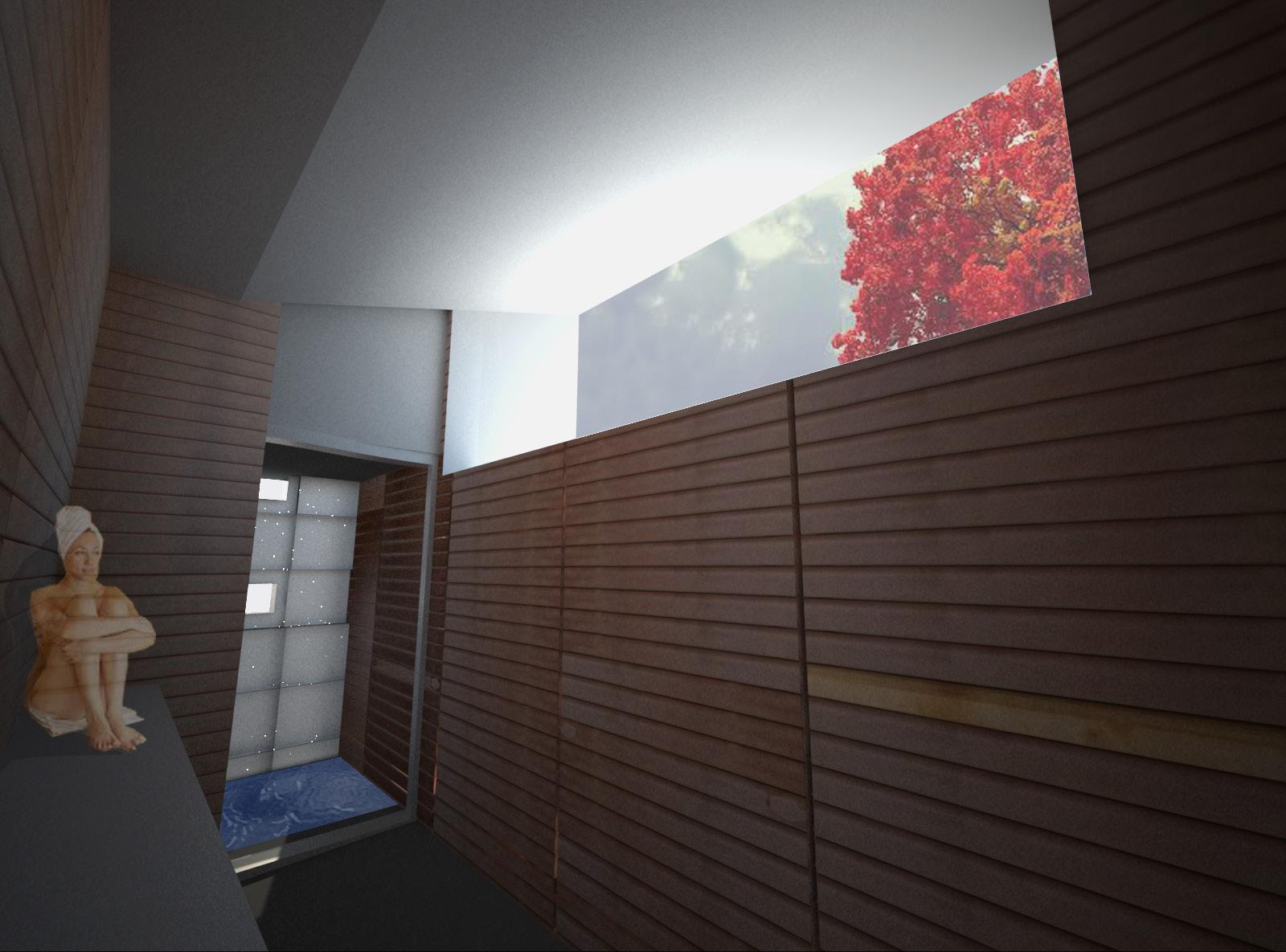


The path through the bath house is very direct. Greeted in the entry space, the user is directed up the light well circulation space and into the changing and shower room. From there the user steps into the tranquil bath space. Beyond this open bathing space is a steam room and a private bath.
In the section perspective you can see the illustrated ceiling volume. Drastic changes in ceiling height vary compressions of space offer intended reflection in bath an stam room with large overhead room with skylightis cutting through thicker moments in the ceiling.







Preliminary Design -
Construction Drawings
Presentation Materials
Field Verification
Research
Client Meetings
AutoCAD
Adobe Suite
USA
Involved in all phases of design, working both independently as well as in collaboration with the project team, consultants, and clients. Generated design details and presentations materials, as well as conducted research on case studies and various business incubator models. Improved verbal communication skills and technical knowledge. Worked on commercial, residential, and primarily focused on medical planning, programming, design and construction of healthcare facilities.
I was involved in the masterplanning and schematic design process for the renovation of Katherine Shaw Bethea Hospital, an 80bed acute care facility in Dixon, Illinois. I was responsible for conceptualization of the masterplan and proposed design. I also gained experience through all phases of design on various project types (healthcare, commercial, and residential), site visits, field verifications, research studies, and coordinated with various engineers, interior designers, product reps, and other consultants. These renders were provided by the visualization team at The Estopinal Group.

The Estopinal Group has four different offices across the country, encouraging the team to communicate through email and telephone. At times team members from all different offices and the clients would work through conference calls. I had several opportunities to interact with clients, getting a sense of the relationship and conversations that the design team and the client undergo to determine the outcome and occupant satisfaction of the end product.
Many clients had specific requests for construction drawings throughout the design process. Deadlines were fairly consistent to ensure appropriate updates from us to the client.

The firm completed several projects while I was in the office, allowing for me to attend hostipal grand openings and client satisfaction meetings. Overall improved verbal and social skill in developing relationships with clients and their team.








This section can be about design details, how to come up with them and how to ensure accuracy. The consistency of layout, style, and presentation can also be included to understanding the rationale and professionalism of a firm environment. Also keeping in mind the wants and needs of the clients, contexual information, and cutlural identity of place, Maybe even get into the masterplanning and zoning of existing and new hospitals. over your own personal creative agenda. provided by the visualization team at The Estopinal Group.
The firm had several design methodologies that were compiled from post occupancy evaluations of past projects. Circulation methods, patient room dimensions, and visitor waiting rooms were ideal for heathcare function.
Several small scale commercial projects were under production during my time in the office. I gained experience with an entire construction drawing set and interacted with the client regularly.